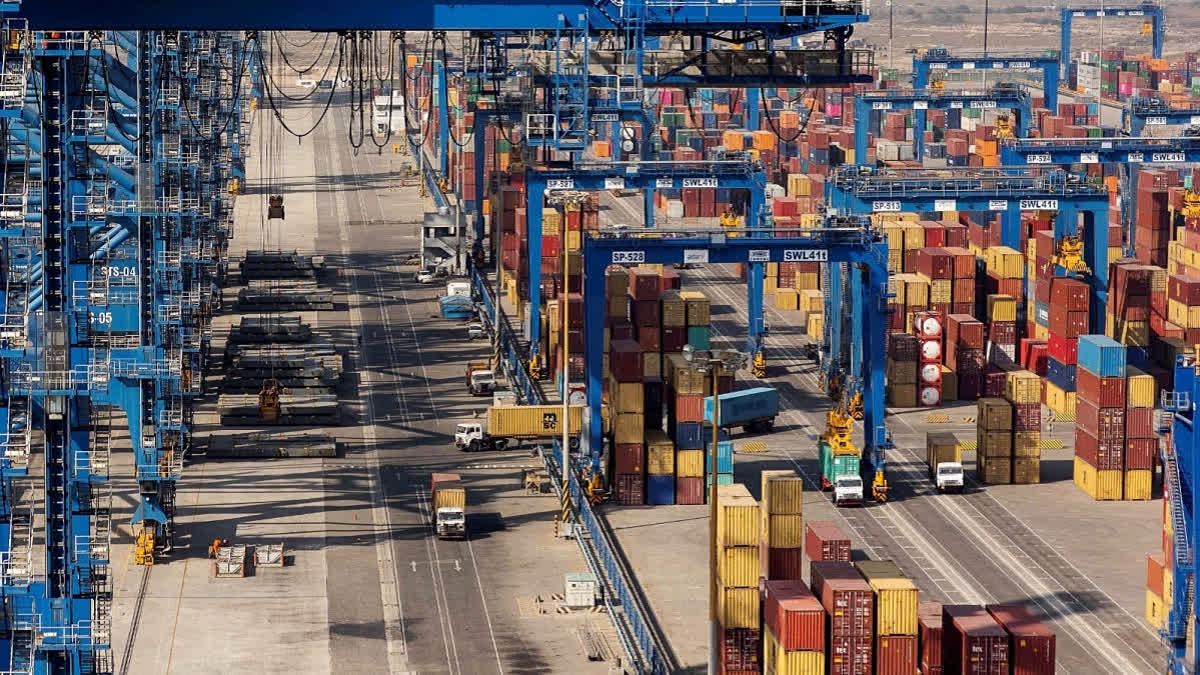By Surabhi Gupta
New Delhi: The crude oil and petroleum product data from India in April 2025 reflected a notable decline, prompting consumers to question the impact of this on fuel availability and prices. However, from the perspective of petroleum experts and government data, at least at this moment, there is no cause for concern from a consumer’s perspective.
The latest data from the Petroleum Planning and Analysis Cell (PPAC), shows that India’s crude oil and condensate production fell a relatively modest 3.1% year-over-year to 2.3 million metric tons (MMT).
Of this total, Oil and Natural Gas Corporation (ONGC) accounted for 1.5 MMT, Oil India Ltd (OIL) accounted for .3 MMT and 0.5 MMT was accounted for from Production Sharing Contracts (PSC) and Revenue Sharing Contracts (RSC).
The overall crude processed by Indian refiners in April amounted to 21.5 MMT, a slight 0.6% decline year-on-year. Of this volume, 1.9 MMT was locally produced and the remaining 19.6 MMT was imported crude, which completely highlights India’s vast dependence on foreign crude.
Again, the data may raise red flags in a time of geopolitical uncertainty from a user or consumer perspective (particularly with the still unfinished Russia-Ukraine conflict and fluctuating oil prices). However, petroleum expert Dr. Sudhir Bisht is not sounding alarms.
Local production decline is observed since FY 2018 when it was 36 MMT to FY 24 (29 MMTs). This is natural depletion of older and marginal fields. Not alarming. New discoveries made by ONGC. So it can again go back to 32 Million Metric tonnes,” Dr. Bisht told ETV Bharat.
India imports 87.3% of its crude oil requirements, and only less than 13% is domestically produced. That ratio ensures that short-term fluctuations in domestic output don’t translate directly into consumer-level disruptions.
“Will not impact availability of finished products. India has one of the most advanced network of rail, road and pipeline infrastructure to take finished products to all the nooks and crannies of the country,” Dr. Bisht added.
Indeed, India’s public sector oil marketing companies, IOC, BPCL, and HPCL, maintain robust distribution systems capable of delivering fuel even to the remotest villages, he said. These firms are routinely ranked among the best fuel distributors globally, making any disruption in availability unlikely.
The production of petroleum products stood at 22.4 MMT, down 4.2% from April 2024. Of this, 22.1 MMT came from refineries, while fractionators contributed 0.3 MMT. High-speed diesel (HSD) made up the largest chunk (42.2%), followed by motor spirit or petrol (17.5%), naphtha (6.5%), and aviation turbine fuel (ATF) at 6.4%.
However, what may pique the interest of consumers more than supply is the price trajectory.
The average Free on Board (FOB) price of the Indian crude basket so far this fiscal is $67.73 per barrel, with the May 2025 average at $63.98 and the latest rate (as of May 22) at $63.94. This dip in crude prices globally should theoretically ease pump prices in India.
But as Dr. Bisht points out, “India’s fuel prices are theoretically linked to global oil prices. However, there are several intricate issues like VAT (by state governments) and Excise (by Central government) that add more than 40% of the final retail price.”
These add-ons—along with subsidies under the Ujjwala Yojana and legacy issues like oil bonds, mean the consumer may not see the benefit of falling global prices immediately, if at all.
“Oil retail prices are a complex mix of arithmetic and political jugglery. The Modi government has been able to establish price points that are high by weathering criticism and by other welfare measures and they may not pass the benefits of oil price drops. Why? Because people kind of don’t get so much swayed by a Re 2/3 dip in retail price,” Dr. Bisht stated bluntly.
Meanwhile, crude oil imports in April 2025 were down 1%, and imports of POL (petroleum oil and lubricants) products declined by 9% year-on-year, mainly due to reduced imports of fuel oil and lubricating oils. Exports of POL products also fell by 12.4%, largely because of lower shipments of HSD and ATF.
While the government hasn’t announced any new price revisions or subsidy adjustments yet, industry watchers believe the current pricing structure will remain stable unless global crude spikes significantly, something unlikely in the immediate term. “With the Russia–Ukraine conflict on the wane and USA drilling more and more, I don’t see any chances of prices hardening,” Dr. Bisht said.
So, what should Indian consumers expect?
In the short term, no major price hikes, no supply shortages, and a relatively stable market, despite the dip in production. While domestic crude output continues to face challenges due to the natural aging of fields, new discoveries and better refining infrastructure are plugging the gap effectively. For consumers, the bigger worry might not be global volatility, but the opaque and complex taxation layers that make up over 40% of what they pay at the petrol pump. Until those are rationalised, price relief may remain more theoretical than practical.
